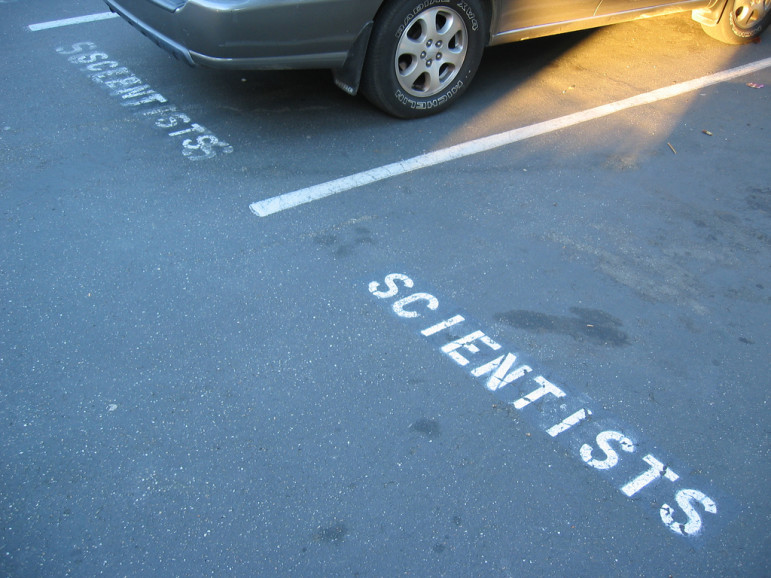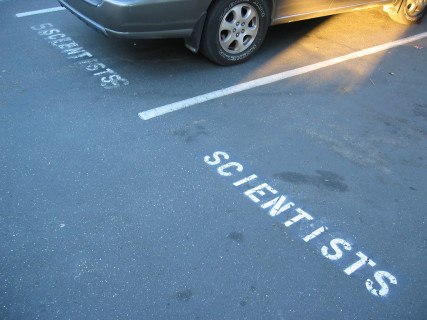Hundreds of academics, pollsters, and other ne’er-do-wells are gathering this weekend for the annual meeting of the Society for the Scientific Study of Religion (SSSR) and the Religious Research Association (RRA). This interdisciplinary confab brings together sociologists, political scientists, demographers, psychologists, and social scientists who research religion.
The name of the group sometimes gives people pause: how can religion be studied scientifically?
True—religion is something that by definition includes unverifiable, supernatural phenomena. The SSSR isn’t trying to prove or disprove the reality of religious beliefs. No one is trying to devise an experiment to prove the existence of God.
The focus is on religion, a human activity that can be studied. We can observe religious behavior, ask about religious beliefs, and run experiments to test religion’s effect on cognition. Just like we study economic choices, public opinion, and health risks, we can study how and why people do religion.
Religion is ubiquitous. It is something found in every corner of the globe. It is a fundamental part of being human. Even among the most secular of societies, religion remains and shapes the culture. It is impossible to understand society and humanity without understanding religion.
Indeed, the influence of religion is probably best seen by its place across academic fields. It is like gender or race, something studied across disciplines. There is the psychology of religion, the sociology of religion, the study of religion and politics, the economics of religion, and the anthropology of religion. SSSR features papers on the intersection of religion and other important social phenomena like gender, identity, and race. Many focus on specific religious groups. Others look at religion across traditions. But they all use the tools of science to understand one of the least scientific parts of society.
If you want to follow along on the goings-on, follow me on twitter at@TobinGrant or follow #SSSR15.
Note: This post is a revision of a previous post on SSSR meetings.
Don’t miss any more posts from the Corner of Church & State. Click the red subscribe button in the right hand column. Follow @TobinGrant on Twitter and on the Corner of Church & State Facebook page.






